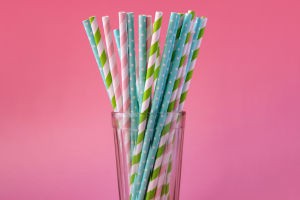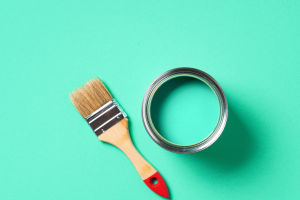Plastic Bottle Facts
Plastic bottles are a staple of modern life, offering convenience, portability, and durability. Whether you're sipping water on the go, grabbing a soda at the store, or storing your favorite sauces, plastic bottles seem to be everywhere.
But while they offer undeniable convenience, they also bring with them significant environmental concerns.
The Popularity of Plastic Bottles
Plastic bottles have become an integral part of our everyday lives due to their lightweight, inexpensive production, and long shelf life. They are widely used to package everything from beverages to cleaning supplies. Companies prefer plastic because it’s cheap, easy to transport, and durable. Consumers love them for their convenience and resealability.
Why We Love Plastic Bottles
Plastic bottles dominate the packaging industry for several reasons:
1. Lightweight: Unlike glass, plastic bottles are incredibly light, making them easier to carry and transport.
2. Inexpensive: The cost to produce plastic bottles is low, which means products packaged in plastic are generally more affordable.
3. Durable: Plastic is highly resistant to breaking, making it safer than glass bottles, which can shatter.
4. Convenient: Plastic bottles are easy to reseal, making them perfect for on-the-go use.
5. Versatile: From storing liquids to holding cleaning agents, plastic bottles can be used in various industries due to their flexibility in design.
The Dark Side of Plastic Bottles
Despite all their convenience, plastic bottles come with a hefty environmental price. Here's why:
1. Non-biodegradable: Most plastic bottles are made from polyethylene terephthalate (PET), which can take up to 1,000 years to decompose. That means the plastic bottle you throw away today will still be around for generations to come.
2. Pollution: Plastic bottles are one of the leading sources of plastic pollution. Oceans, rivers, and landfills are increasingly filled with discarded plastic bottles, harming marine life and ecosystems.
3. Energy Consumption: The production of plastic bottles consumes a vast amount of energy, contributing to greenhouse gas emissions and climate change.
4. Recycling Challenges: Although PET bottles can technically be recycled, only a small fraction of plastic bottles actually make it to recycling facilities. Many end up in landfills, where they can remain for centuries.
The Environmental Impact
The environmental consequences of plastic bottles extend far beyond just littering. Here’s a closer look at their broader impact:
1. Threat to Marine Life: Discarded plastic bottles often find their way into oceans, where they break down into microplastics. These tiny particles are ingested by fish and other marine creatures, leading to health problems and even death. Eventually, these plastics enter the food chain, posing risks to humans as well.
2. Resource Depletion: Plastic is derived from fossil fuels like oil and natural gas. The production of billions of plastic bottles each year uses up valuable non-renewable resources, adding to the global carbon footprint.
3. Waste Management Issues: With the overwhelming number of plastic bottles being produced and discarded, waste management systems in many countries are unable to cope. Landfills are filling up quickly, and incineration of plastic waste releases harmful toxins into the atmosphere.
What Can Be Done?
The plastic bottle problem may seem overwhelming, but there are ways we can all help reduce its environmental impact. Here’s what can be done:
1. Choose Reusable Bottles: Instead of constantly buying single-use plastic bottles, invest in a good quality reusable bottle. Stainless steel, glass, or BPA-free plastic bottles can be used again and again, significantly reducing waste.
2. Support Recycling Initiatives: Make sure you’re disposing of your plastic bottles properly by recycling them. Many communities have curbside recycling programs, or you can take your plastic bottles to local recycling centers.
3. Opt for Alternatives: More companies are turning to biodegradable or plant-based packaging. Whenever possible, opt for products that use eco-friendly packaging materials instead of traditional plastic.
38 Creative Ideas With Plastic Bottles | Thaitrick
Video By Thaitrick
Plastic bottles might be a convenient part of our lives, but the environmental cost is undeniable. As we become more aware of the damage they cause, it’s important to take steps to minimize our reliance on them. So Lykkers, the plastic bottle dilemma reminds us that convenience shouldn’t come at the expense of our planet’s health.


